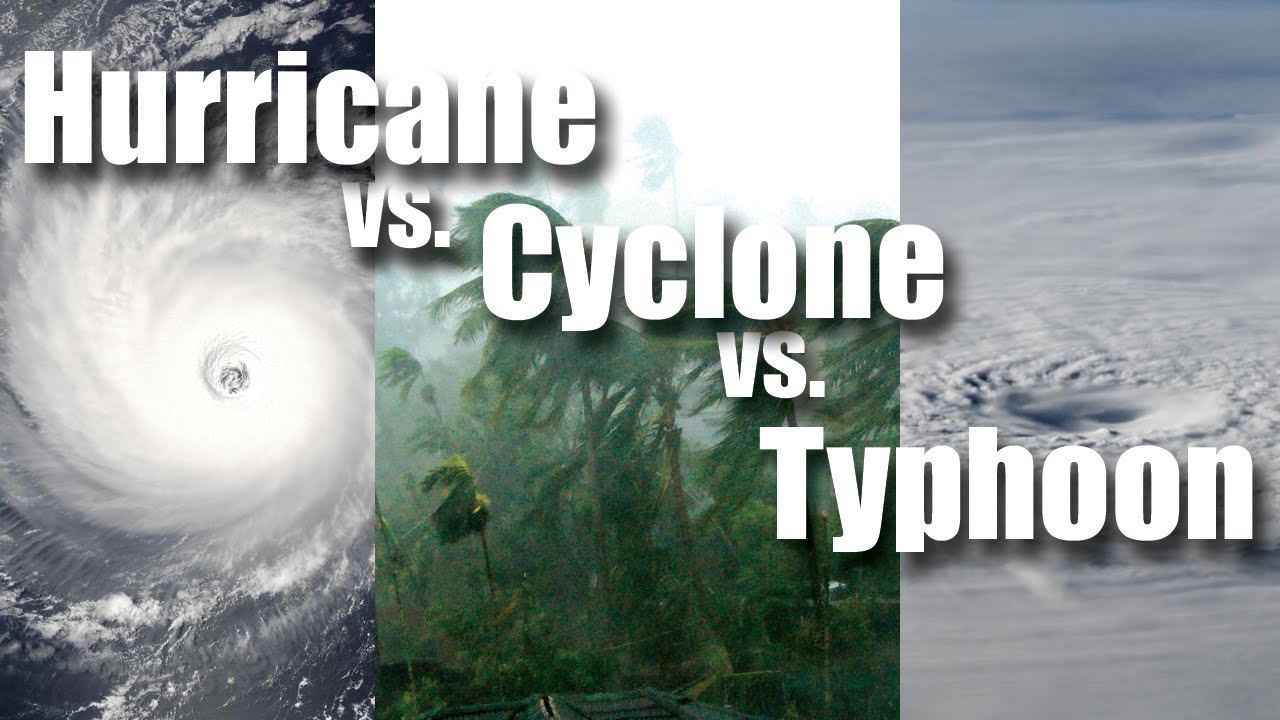This article compares hurricanes and cyclones to determine which is more powerful. Hurricanes, which are a type of tropical cyclone that forms in the Atlantic Ocean, Northeastern Pacific Ocean, and the Caribbean Sea, are typically more intense, larger, and faster-moving than cyclones. Cyclones occur in the Indian Ocean, Western Pacific Ocean, and the Bay of Bengal. They are generally smaller in size and move more slowly, but can still cause significant damage. It is important to prepare in advance for these storms and take appropriate measures to ensure the safety of people and property.
Introduction
Natural disasters are a constant threat in our world, and two of the most powerful and destructive are hurricanes and cyclones. These powerful storms can cause enormous damage to property and threaten lives, leaving cities in shambles and people traumatized. But which one is more powerful? In this article, we will compare and contrast hurricanes and cyclones to determine which one is more powerful.
Hurricanes
A hurricane is a type of tropical cyclone that forms in the Atlantic Ocean, Northeastern Pacific Ocean, and the Caribbean Sea. It has a low-pressure center, strong winds, and heavy rainfall. It is classified into five categories, with the highest being Category 5, which has wind speeds of over 157 mph.
Cyclones
Cyclones are low-pressure systems that occur in the Indian Ocean, Western Pacific Ocean, and the Bay of Bengal. They are classified into several categories, with the highest being Category 5, which has wind speeds of over 137 mph.
Comparison of Hurricane and Cyclone
Formation
Hurricane
Hurricanes are formed over warm ocean waters, where the temperature is at least 80°F, and humidity is high. They are created when warm moist air over the ocean rises and cools, condensing very quickly and releasing heat, which then powers the hurricane.
Cyclones
Cyclones, on the other hand, are formed when warm air over the ocean rises and cools, releasing heat and creating clouds. They are also influenced by the temperature and humidity of the ocean.
Size
Hurricane
Hurricanes can be enormous, as much as 600 miles across, with intense winds stretching up to 200 miles. They can last for weeks and cause massive destruction, resulting in billions of dollars in damages.
Cyclones
Cyclones are generally smaller in size than hurricanes, with an average width of 300 miles. They can also last for several days and cause significant damage.
Speed
Hurricane
Hurricanes move at an average speed of 15 mph but can reach speeds of up to 30 mph in extreme cases.
Cyclones
Cyclones move slowly, with an average speed of 5-20 mph, making them more destructive as they linger in one area for much longer.
Intensity
Hurricane
Hurricanes are typically more intense than cyclones, with wind speeds reaching up to 200 mph.
Cyclones
Cyclones are less intense than hurricanes, with wind speeds of up to 137 mph.
Conclusion
To sum up, it’s challenging to say which storm is more powerful as both cyclones and hurricanes can cause massive destruction. However, Hurricanes are typically more intense, larger and faster, making them more destructive. Cyclones, although smaller and slower, can still cause significant damage and should not be taken lightly.
Ultimately, it’s essential to prepare in advance for these storms and take appropriate measures to ensure the safety of people and property. By keeping a watchful eye on weather reports and listening to officials’ instructions, people can minimize the damage caused by these powerful storms.
